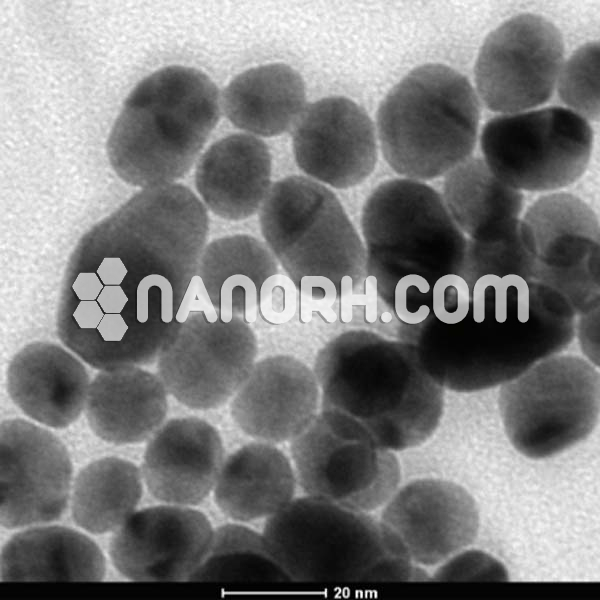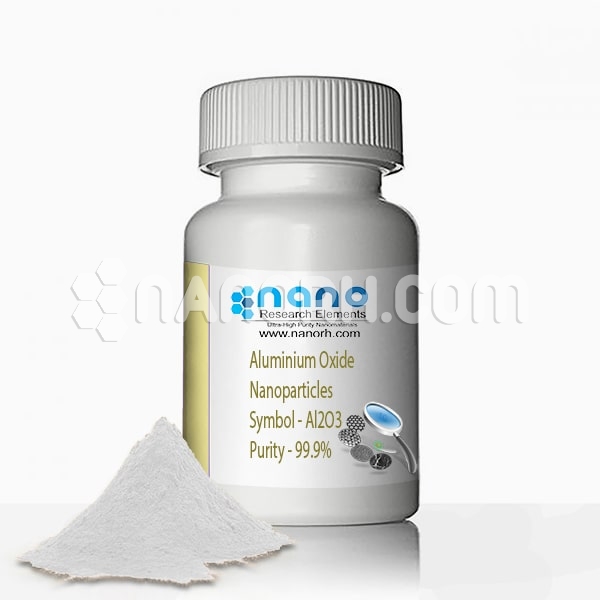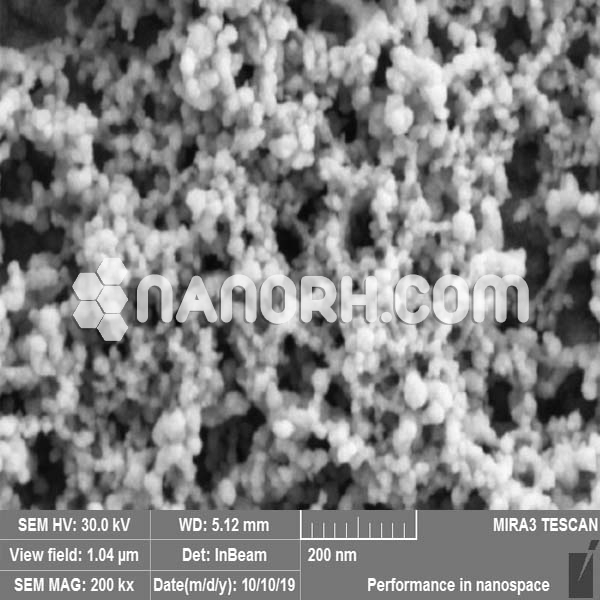| Gold Nanoparticles | |
| Product No | NRE-1015 |
| CAS No. | 7440-57-5 |
| Formula | Au |
| APS | <100nm (Can be Customized) |
| Purity | 99.9% |
| Color | black brown |
| Molecular Weight | 196.9665 g/mol |
| Density | 19.32g/cm3 |
| Melting Point | 1064 °C |
| Boiling Point | 2970 °C |
Gold Nanoparticles Applications
Au nanoparticles have a wide range of applications in various fields due to their unique physical and chemical properties. These applications span from medicine and biotechnology to electronics and materials science. Here are some of the notable applications of gold nanoparticles:
Diagnostic Imaging: Au nanoparticles can be used as contrast agents in various imaging techniques, including X-ray, computed tomography (CT), and photoacoustic imaging. They enhance the visibility of specific tissues or cells, aiding in the early detection of diseases.
Photothermal Therapy: Au nanoparticles can absorb light and convert it into heat. When targeted to cancer cells and irradiated with laser light, they can selectively destroy cancer cells, sparing healthy tissue.
Nanocarriers: Au nanoparticles can be used as drug delivery vehicles. Drugs can be loaded onto or within the nanoparticles and then released at a controlled rate, improving drug efficacy and reducing side effects.
Biosensors: Gold nanoparticles are used in biosensors to detect specific molecules or biomarkers. Changes in the nanoparticles’ properties, such as color or electrical conductivity, can signal the presence of the target analyte.
Gene Sequencing: Au nanoparticles can be used in DNA sequencing techniques, where they bind to specific DNA sequences and help identify genetic mutations.
Protein Detection: Gold nanoparticles can be employed to detect proteins in biological samples, aiding in the diagnosis of diseases.
Catalytic Reactions: Au nanoparticles serve as catalysts in various chemical reactions due to their high surface area and unique electronic properties. They are used in processes like oxidation, hydrogenation, and carbon-carbon bond formation.
Conductive Inks: Au nanoparticles are used in conductive inks for flexible electronics, printed circuits, and sensors.
Plasmonics: The unique plasmonic properties of gold nanoparticles are exploited in the development of nanoscale optical devices and sensors.
Nanocomposites: Gold nanoparticles are incorporated into materials to enhance their mechanical, electrical, or optical properties.
Coatings: They are used in coatings to provide antimicrobial properties and improve surface properties.
Catalytic Water Treatment: Gold nanoparticles can catalyze the degradation of organic pollutants in water, making them useful in wastewater treatment and environmental remediation.
Gold nanoparticles are being explored in the field of solar cell technology to enhance light absorption and improve the efficiency of photovoltaic devices.
Gold nanoparticles are used in the restoration and preservation of artworks, particularly in the stabilization of pigments and the protection of delicate surfaces.
Food Industry: They can be used as food additives for various purposes, including colorants and antimicrobial agents.




